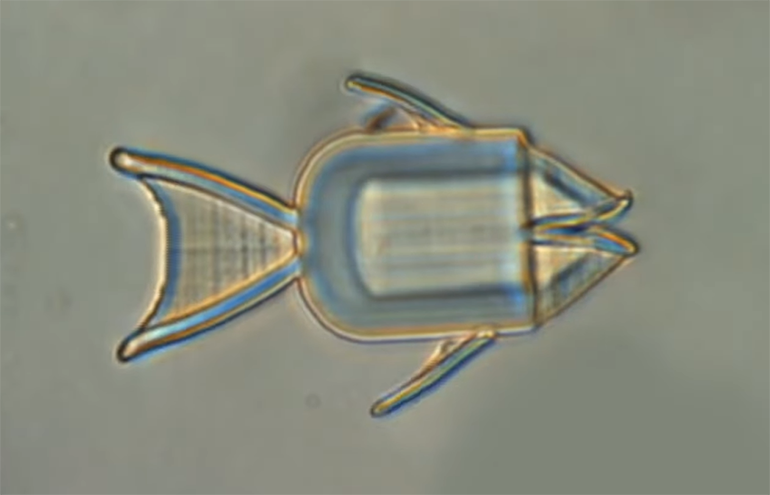Researchers at the University of Science and Technology of China, in collaboration with external staff, have developed shape-changing microrobots that are guided to a target area in the body using magnets and then release a load of drugs in response to the local environment. The application pursued by the researchers is to use magnets to guide the microrobots to a solid tumor outside the body, and then the tumor’s naturally acidic microenvironment stimulates a change in shape that results in the local release of a chemotherapy drug.

Researchers are developing a variety of nifty ways to deliver drugs to precise locations in the body, and this latest technology is no exception. The microrobots are made of a 3D printed hydrogel that is pH reactive. Researchers optimized the print density in specific locations so that the small structures change shape in predictable and useful ways at low pH conditions. This ability adds an extra “dimension” and has led the Chinese team to describe the process as 4D printing.
For example, one design consists of a fish-shaped microrobot that opens its mouth in an acidic environment and releases a drug that is contained in its abdomen. Another is a crab that can hold something in its claw and let it go if necessary, and a third construction is a butterfly that can move its wings.
Another challenge is to maneuver the microrobots to the desired area, for example the site of a solid tumor. To remedy this, the researchers turned to magnets. They magnetized the tiny micro-robots by soaking them in a suspension of iron oxide nanoparticles so they could use magnets to move the tiny devices. Theoretically, this can mean that the microrobots can be controlled remotely and minimally invasively in the body by applying magnets or magnetic fields from the outside.

So far, the team has tested the microrobots in artificial blood vessels in a Petri dish that also contained cancer cells. They successfully maneuvered the microrobots through the blood vessels and to the cancer cells, where they lowered the pH to mimic the naturally acidic microenvironment of a tumor. The robots changed shape and released their drug payload, killing the cells.
In the future, the researchers will have to make the structures smaller so that they can cross real blood vessels, but the technology looks very promising for targeted drug delivery.
See the new microrobots in action:
Study in ACS Nano: Environmentally adaptive, shape-changing microrobots for the treatment of localized cancer cells
Via: ACS
